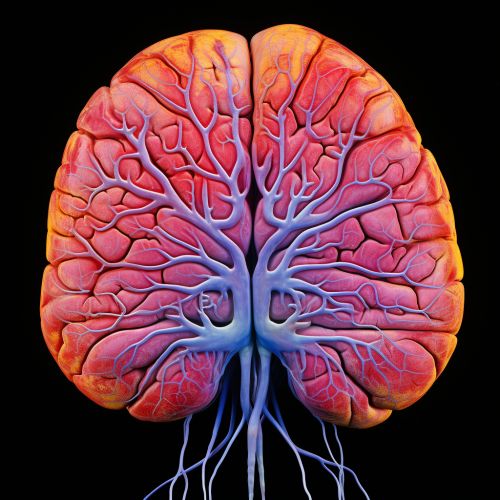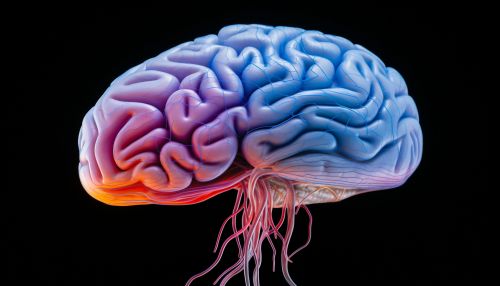Frontal lobes
Anatomy
The frontal lobes are the largest of the four major lobes of the brain in mammals, and are located at the front of each hemisphere. They are separated from the parietal lobes by the central sulcus, and from the temporal lobes by the lateral sulcus. The most anterior rounded part of the frontal lobe, though not well-defined, is known as the frontal pole, one of the three poles of the cerebrum.


Function
The functions of the frontal lobes involve the ability to recognize future consequences resulting from current actions, to choose between good and bad actions, override and suppress socially unacceptable responses, and determine similarities and differences between things or events. Therefore, it is involved in higher cognitive functions.
The frontal lobes also play an important part in retaining longer term memories which are not task-based. These are often memories associated with emotions derived from input from the brain's limbic system. The frontal lobe modifies those emotions to generally fit socially acceptable norms.
Clinical significance
Damage to the frontal lobes can result in a variety of disorders, including aphasia, dementia, attention deficit hyperactivity disorder, and depression. The frontal lobes are also the most common place for brain tumors to develop.
History
The understanding of the function of the frontal lobes has a long history. The ancient Egyptians thought that the brain was the "marrow of the skull" and the Greek physician Hippocrates believed that the brain was the seat of intelligence. However, it was not until the 19th century that the functions of the frontal lobes began to be recognized.
